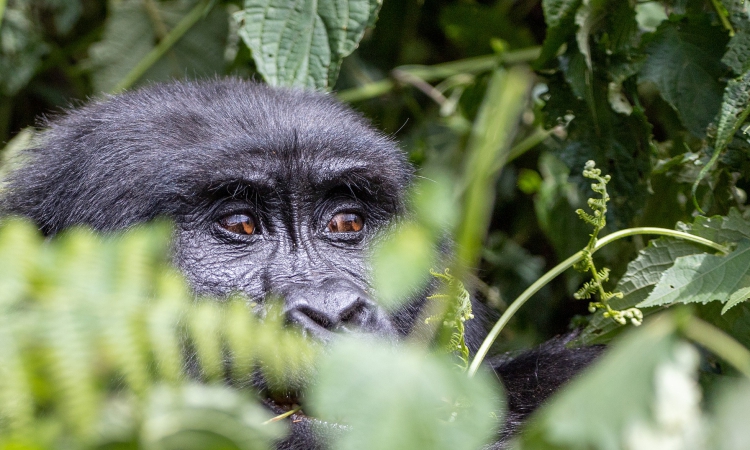Western Lowland Gorillas – Western lowland gorillas are one of the western gorilla endangered subspecies, inhabiting montane, primary and secondary forests, and lowland swampland.
They are the most widespread of all the gorilla subspecies, with individuals found in Cameroon, Angola, Central African Republic, Democratic Republic of Congo, and Equatorial Guinea.
Western lowland gorillas are easily differentiated from other gorillas by their smaller size, brown-grey coats, auburn chests, wider skulls with more pronounced brow ridges, and smaller ears.
The exact number of western lowland gorillas is not known since they inhabit some of the densest and most remote rainforests in Africa.
However, they have also experienced a decline in their numbers due to poaching and diseases like Ebola, which has significantly affected them.
Social Life of Western Lowland Gorillas
Western lowland gorillas live in groups or troops that range from 2 to over 30 members.
The groups consist of the silverback male, who is the head of the group, one or more blackback males, several adult females, and their infants.
The silverback is responsible for leading the group, mating with the females, and settling disputes within the group.
He also regulates when they eat, wake up, and go to sleep.
Generally, western lowland gorillas are peaceful and do not attack unless provoked.
Sleeping Habits
Western lowland gorillas wake up when the sun rises and search for food.
They are most active in the morning and late afternoon.
During midday, the adults rest in a day nest while the young ones wrestle and play games.
Before it gets dark, each member makes its nest, and the young ones nest with their mothers.
Diet
Western lowland gorillas, like other gorillas, are herbivorous and feed on leaves, stems of herbs, shrubs, and vines. They also eat fleshy fruits.
Adult male gorillas eat about 32 kg of food per day, whereas females eat about 18 kg.
Lifespan
Western lowland gorillas live for about 30 to 40 years.
How Western Lowland Gorillas Communicate
Gorillas communicate using auditory and visual signals.
Some of their body language includes crouching low and approaching from the side when being submissive, walking directly when confident, and standing, slapping their chests, and advancing when aggressive.
Simultaneously, western lowland gorillas are peaceful and friendly, making visiting them a wonderful experience.










